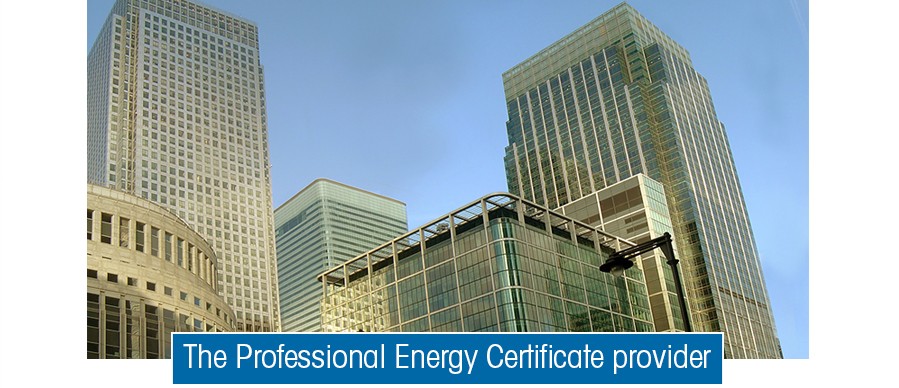Key Points
- Responsibilities are placed on landlords, letting agents, and people in control of premises to assess the possible presence and risk to site users from Legionella.
- Assessments can be undertaken by landlords, lettings agents, or people in control of premises providing they are competent to do so.
- Completed assessments should be reviewed regularly, typically annually.
- A suitable and sufficient assessment must be carried out to identify and assess the risk of exposure to legionella bacteria from work activities and water systems on the premises and any precautionary measures needed.
- Most insurance policies require that all risks to tenants and occupants are assessed and recorded to avoid any insurance cover being reduced.
At Risk Groups. Legionnaires’ disease is a potentially fatal form of pneumonia and everyone is susceptible to infection. However, some people are at higher risk, including:
People over 45 years of age;
Smokers and heavy drinkers;
People suffering from chronic respiratory or kidney disease; and
Anyone with an impaired immune system.
Where are legionella bacteria found? The bacterium Legionella pneumophila and related bacteria are common in natural water sources such as rivers, lakes and reservoirs, but usually in low numbers. Since legionella bacteria are widespread in the environment, they may also contaminate and grow in purpose-built water systems such as cooling towers, evaporative condensers, hot and cold water systems and whirlpool spas.
Where could there be legionella risks in a workplace? Any water system that has the right environmental conditions could potentially be a source for legionella bacteria growth. There is a reasonably foreseeable legionella risk in your water system if:
Water is stored or re-circulated as part of your system;
The water temperature in all or some part of the system is between 20–45 °C;
There are sources of nutrients such as rust, sludge, scale and organic matters;
The conditions are likely to encourage bacteria to multiply;
It is possible for water droplets to be produced and, if so, if they can be dispersed
over a wide area, e.g. showers and aerosols from cooling towers; and
It is likely that any of your employees, residents, visitors etc. are more susceptible to infection due to age, illness, a weakened immune system etc. and whether they could be exposed to any contaminated water droplets.
Record keeping. If five or more employees, record any significant findings, including any groups of employees identified by it as being particularly at risk and the steps taken to prevent or control risks.
If less than five employees, there is no mandatory requirement to write anything down, although it is useful to keep a written record of what has been done and when to identify the risk.
Records should be retained throughout the period for which they remain current and for at least two years after that period. Records relating to any inspection, test or check carried out, and the dates should be retained for at least five years.
How we can help.
- West London Energy Assessors can undertake the Legionella Risk Assessments of all property types, and all installed water storage systems and water cooling systems.
- We can offer guidance as what steps a property owner of manager should take to mitigate the risk from the spread of the bacteria Legionella pneumophila.
- We can prepare a site specific Legionella Scheme of Control (Guidance) for tenants.
- We can undertake periodic reviews of existing Legionella Risk Assessments to review compliance with prevailing legislation and Industry Best Practice.
